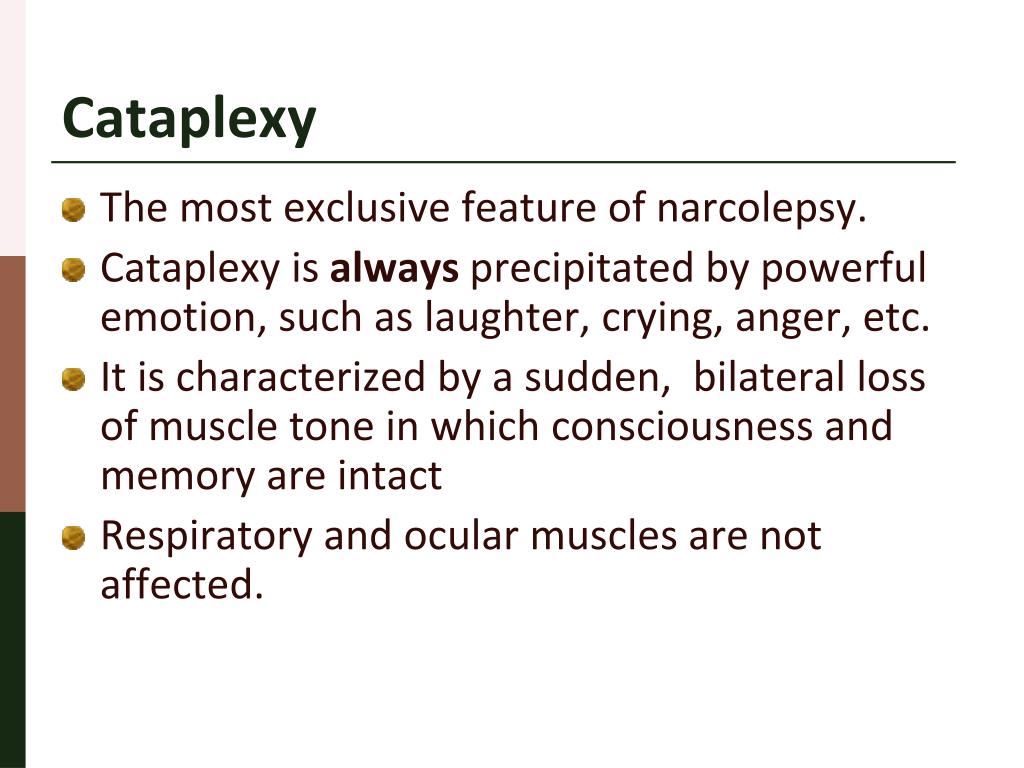

Modafinil and armodafinilĭue to the potential adverse effects associated with amphetamines and methylphenidate, modafinil and armodafinil are the preferred first-line, wakefulness-promoting agents. 9 Evidence for this medication as sole or primary therapy is lacking.

9 Furthermore, higher doses have been associated with adverse effects leading to hospitalization, including cardiac arrhythmias and psychiatric disturbances. However, these drugs can be addictive and there is the potential for abuse. Wakefulness may also be promoted by increased amine signalling through direct effects on the cortex or via subcortical pathways. 8 These medications increase noradrenergic, dopaminergic and serotonergic (only for amphetamines) activity by inhibiting their reuptake and increasing their synaptic concentrations to promote alertness. 6,7 Stimulants such as amphetamines and methylphenidate were among the first available agents to address EDS before newer agents discussed later in this review. The most frequently reported symptom of narcolepsy is EDS. Specific dosing of agents discussed in this review are listed in Table 1. In this paper, we review the available pharmacologic treatments for narcolepsy, and discuss agents currently under investigation. Furthermore, as combination therapy is often required, it is important to be mindful of medication interactions. Factors such as comorbidities, development of tolerance to long-term medication, and the potential for medication abuse must also be considered. 4,5 When selecting pharmacologic therapeutic options, it is important to consider whether the major clinical symptom is EDS, fragmented nocturnal sleep, cataplexy or all of these. Non-pharmacologic therapy emphasizes regular and sufficient nocturnal sleep and strategic timing of daytime naps to enhance wakefulness. Treatment of narcolepsy focuses primarily on QOL improvement via reduction of EDS, maintenance of nocturnal sleep, and mitigation of other narcolepsy symptoms, including cataplexy, sleep paralysis and hypnagogic/hypnopompic hallucinations. 2 A more recent study conducted in the United States stated a prevalence of 44.3 per 100,000 persons as of 2016. 1 While the exact prevalence of NT2 is uncertain, it has been estimated to be 20–34 per 100,000 persons in one community setting. On a global scale, NT1 affects 25–50 people per 100,000, with an incidence of 0.74 per 100,000 person-years. Other symptoms include disturbed nighttime sleep, sleep paralysis, and hypnagogic and hypnopompic hallucinations, all of which can significantly affect quality of life (QOL). Narcolepsy is subtyped as type 1 (NT1) if cataplexy is present or type 2 (NT2) if cataplexy is absent. This may be accompanied by cataplexy, which is a phenomenon of transient muscle weakness triggered by strong emotions, such as laughter, excitement, anger or grief. Narcolepsy is a chronic clinical condition primarily characterized by excessive daytime sleepiness (EDS). Narcolepsy, cataplexy, hypersomnolence, pharmacology, medications, review Article: In this paper, we review available pharmacologic treatments for narcolepsy as well as agents currently under investigation. Recent developments in the understanding of the pathobiology of narcolepsy, as well as the neuronal systems involved in the regulation of wakefulness have led to development of new pharmacologic approaches to therapy. Major symptoms include excessive daytime sleepiness with irrepressible sleep attacks and cataplexy. Narcolepsy is a lifelong disorder that adversely affects daytime function and quality of life.


 0 kommentar(er)
0 kommentar(er)
